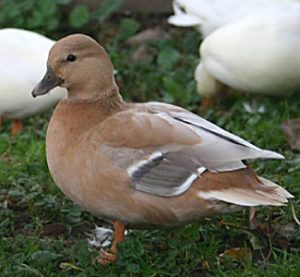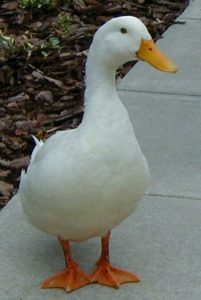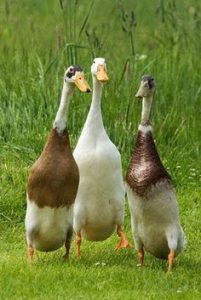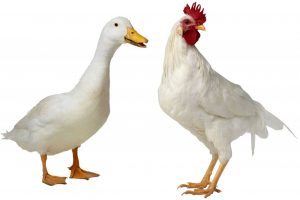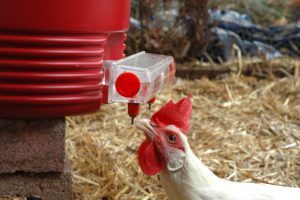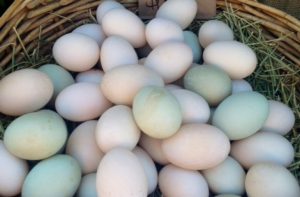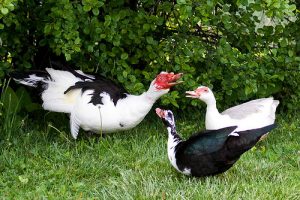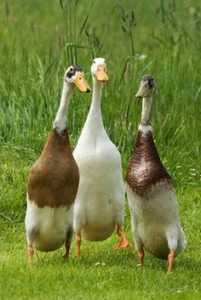With another housing order sadly in place, poultry keepers across the country have found themselves in another “flockdown”. As we know, the disease is spread via bird-to-bird contact, contaminated feeders, water bottles/bowls, vehicles, clothing and footwear, and also through contaminated bodily fluids and faeces.
However, with robust management measures, you can decrease the threat to your flock. Here are our top tips for getting through Avian Flu:
Home sweet home:
Poultry should be kept under cover to prevent the risk of contamination from wild birds. Sheds, stables, greenhouses and polytunnels are all ideal places to move your poultry to, if you have access to these kinds of buildings.
If you’re making improvements to your current set up, tarpaulin, corrugated plastic sheeting, or small gauge netting will prevent the wild birds and their droppings from getting into your housing.

Increase your biosecurity measures:
As we’ve said above, physical barriers to prevent wild birds from getting into or near your housing is an effective measure against the virus. As well as a cover above your housing we’d recommend covering the sides and consider installing netting or fencing around the housing to prevent people or other animals treading contaminated materials near to your house.
Covered foot-dip outside of the entrances can easily be made with buckets or trays filled with DEFRA-approved disinfectants. Also consider wearing PPE when inside the house or having dedicated clothing and footwear which can be stored in box, easily disinfected, and only worn when in contact with the poultry.
Good general husbandry is also key. Keep bedding and feed clean and stored away from anywhere that can be accessed by pests or wild birds. Add cleaning feeders and drinking stations to your to do list. Also disinfect any paths and areas of hardstanding within the run regularly.
Finally, check your housing and fencing on a regular basis to spot any holes where your flock might escape or wild birds get in.

Fight the boredom:
If your flock now can’t access their favourite bathing places, replace this using a litter tray, hard plastic paddling pool, or trough to create a dust bath and keep them healthy and happy.
Hang up vegetables such as corn on the cob, cabbage, cauliflower and broccoli for your hens to peck at. The reduced section of your local supermarket is a great way to stock up on healthy treats.
For waterfowl, consider shredding foods such as cabbage or frozen peas that will float in water so they can spend time “hunting” for their treats.
If you’re looking for higher fat treats, for example for chickens having a late moult or to help them prepare for winter, pecking blocks and other shop bought treats are ideal when given sparingly.
Give them new and interesting places to perch during the day. For example, branches which have been disinfected, straw bales, or even a chicken swing provide entertainment and let them view their surroundings from a new angle.
Toys designed for other animals, such as dogs, cats, and parrots, can also provide entertainment. Just ensure that there aren’t any moving or loose parts that could be removed and swallowed before purchasing. Pet safe mirrors appear to be popular with poultry.
Variety is the spice of life, so regularly changing the enrichment activities and treats on offer will help to keep your poultry entertained and occupied until they can safely free range again.
If your flock is used to free ranging, being contained might come as a shock to them. However, there are plenty of ways you can keep them entertained, and with winter coming, they might appreciate the extra shelter.
If you’re looking to improve your housing, we offer a range of runs and enclosures (with or without onduline roofing) which will last you through Avian Flu season and for many years to come. Please don’t hesitate to get in touch to discuss your specific requirements: 01264 356753 or jimvysearks@aol.com.






